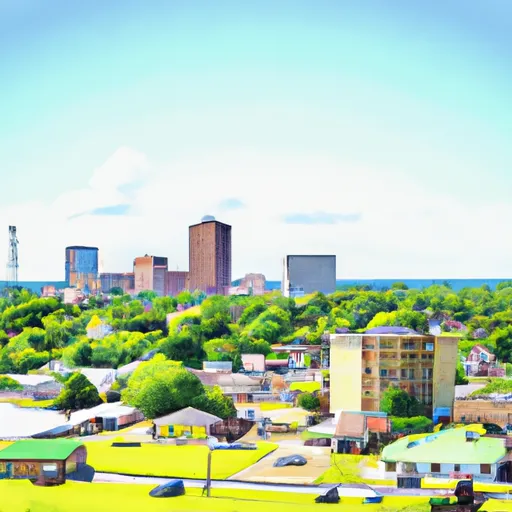°F
°F
mph
Windspeed
%
Humidity











Larto, Louisiana is a small community located in Catahoula Parish, known for its beautiful natural scenery and diverse recreational opportunities. The region experiences a humid subtropical climate with hot, humid summers and mild winters. Summers are often accompanied by frequent rainfall, while winters are generally drier.
Larto is situated near Larto Lake, one of the largest natural lakes in Louisiana. The lake is part of the Larto-Saline Complex, a system of interconnected water bodies that includes Larto Lake, Saline Lake, and Little River. These water bodies provide a thriving habitat for various fish species, making Larto a popular destination for fishing enthusiasts. Visitors can enjoy angling for bass, crappie, catfish, and more.
In addition to fishing, Larto offers a range of outdoor recreation opportunities. The region features numerous hiking and biking trails, allowing visitors to explore the surrounding forests and wetlands. Boating and kayaking are also popular activities on the lakes, providing a chance to enjoy the serene beauty of the area. Birdwatching enthusiasts will be delighted by the diverse avian species that can be spotted throughout the year.
Overall, Larto, Louisiana offers a welcoming environment for outdoor enthusiasts, with its pleasant climate, extensive hydrology constituents, and various recreational pursuits.
Weather Forecast
Larto receives approximately 1476mm of rain per year, with humidity levels near 86% and air temperatures averaging around 19°C. Larto has a plant hardyness factor of 8, meaning plants and agriculture in this region tend to thrive here all year round.
Regional Streamflow Levels
2,170
Cubic Feet Per Second
99
Cubic Feet Per Second
32,600
Cubic Feet Per Second
1,100
Cubic Feet Per Second
Nearby Camping
| Camping Area | Reservations | Toilets | Showers |
|---|---|---|---|
| Paydown Access - MDC | |||
| Chemin - A - Haut State Park | |||
| Opelousas City RV Park | |||
| Rising Star | |||
| Trulock - Arkansas River | |||
| Montauk State Park |



